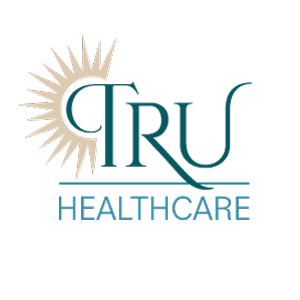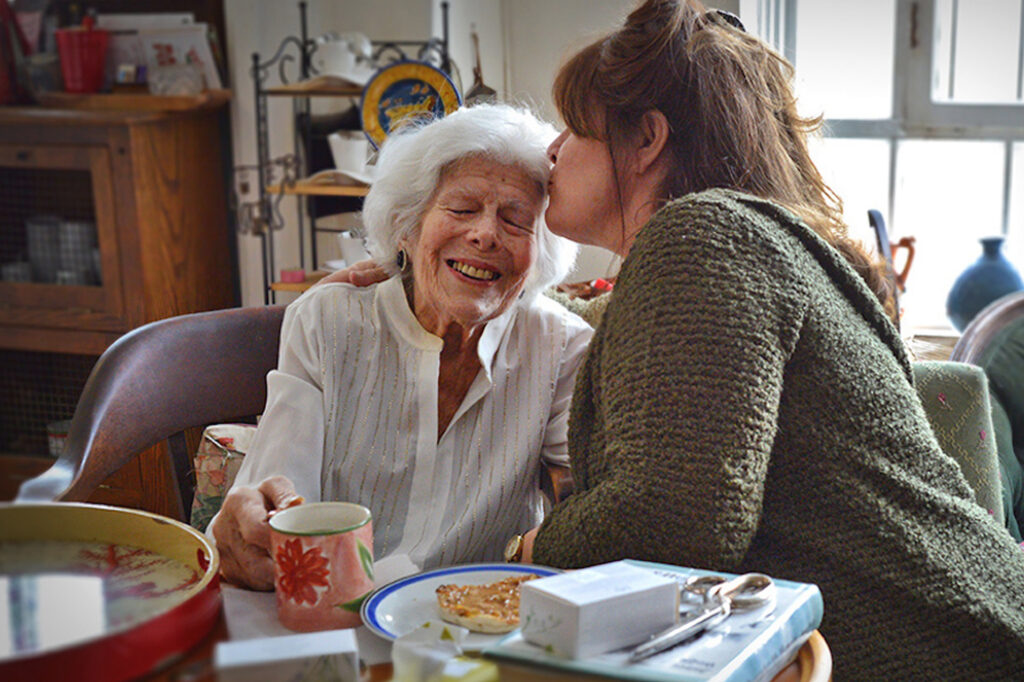Americans are living longer than ever before, and soon older adults will outnumber the young. Who will care for them when they are no longer able to care for themselves? With this aging population how will we adapt as a nation?
Recently, HealthStar Home Health had the opportunity to work with PBS to identify a family who would be willing to be filmed for a documentary they were working on. The PBS documentary “Caring for Mom & Dad” explores the emotional, health and financial challenges that many family caregivers face each day. We chose a family who has been a part of the HealthStar family since 2010 and exemplifies integrity, servant leadership, empathy and altruism.
Alicia and her mother Estella are proud members of a St. Paul Latino community. When Estella suffered a massive stroke following heart surgery, Alicia was forced into the role of full-time caregiver for her mother, basically overnight. Although considered informal caregivers by the government, nearly 1/2 of family caregivers perform medical services traditionally reserved for a nurse. Insurance may cover some expenses, but not everything so families are left with the added expenses to care for their parents. Family caregivers spend an average of $5500 on out-of-pocket costs per month, leaving them to face heavy burdens financially and emotionally.
“The Latino community is very close knit and our family is our nucleus. It is considered an honor and a source of pride to be there for our families during good and challenging times. When a family member is in need, particularly the elderly, we take care of our own. La familia es primero.”, said Nilda Garcia with HealthStar Home Health. She goes on to say “as a Latina, I have worked for HealthStar for almost 7 years and I am so proud that we are able to provide healthcare services while respecting the unique needs of our culturally diverse clientele. Seeing them happy is our most precious reward.”
Ana Diaz is a medical advocate with Payne-Phalen Elders who visits Latino caregivers and their families in their homes, including Alicia and Estella. She is known as the eyes and ears of the aging St. Paul community she serves and is considered a ‘geriatric angel’ to many. Ana helps working caregivers by taking their family members to their doctor appointments, along with being an advocate for them with the county, HMO’s and the nursing homes. “No matter what the chronic disease is, Latino caregivers are facing several unique challenges. Latino caregivers are often less aware of the services that are available in the community, this sometimes is due to a language barrier and sometimes due to their lack of knowledge of the services. Another significant challenge is that the Latino community is less likely to look for nursing home placement for their loved ones. These factors together can add up to an overwhelming role for caregivers” said Ana. Ana strongly believes “faith also plays a very important role. They will pray and believe that everything is going to be ok. While faith sustains people, they often could still benefit from some respite from their caregiving role and benefit from community supports!”
Take some time to watch the PBS documentary and see what our nation is facing with this crisis in caregiving that is upon us.
http://www.pbs.org/wgbh/caringformomanddad/watch/
Today, family caregivers provide 90% of the assistance, even while they struggle to balance careers and their own family. Caregiving averages 4 years. For an Alzheimer’s patient caregiving is 4-8 years and can last as long as 20 years. The rate of Alzheimer’s is expected to triple by the year 2050. That is a heavy load to carry and many struggle financially.
Since 1950, we have added more than a decade to the lifespan of Americans. But as the golden years span out, seniors 65+ suffer from multiple illnesses. Data from the 2014 U.S. Census Bureau show there are 76.4 million baby boomers who are all going to get old at the same time. We are about to have the largest older population we’ve ever had in the history of this country and they are people who want to live at home or independently in their communities, but there is no support infrastructure in place. We are a society that hasn’t adequately accounted for family caregiving work and now we are at a point given all these changes where that is simply not sustainable.

